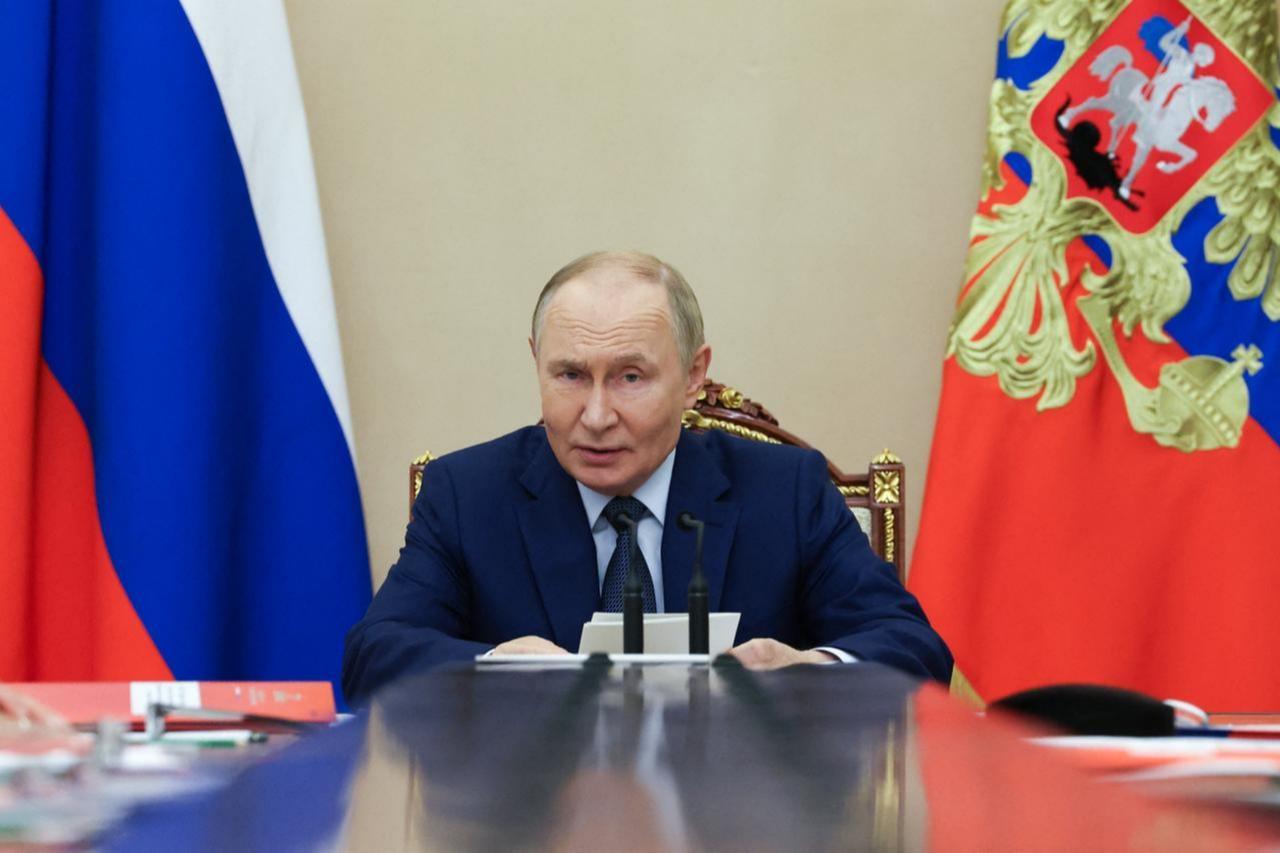
Russian President Vladimir Putin announced that Russia has begun developing the next generation of nuclear-powered weapons, including the Burevestnik cruise missile and the Poseidon underwater vehicle, describing it as a new phase in the country’s strategic weapons program.
Speaking at a Kremlin ceremony honoring scientists and engineers involved in defense projects, Putin said development was underway on missiles capable of speeds exceeding three times the speed of sound. He added that future models could reach hypersonic velocity—typically defined as above Mach 5, or five times the speed of sound.
"These technologies have historic significance for ensuring Russia’s security and maintaining strategic parity for decades to come," Putin stated, praising the teams behind the nuclear-powered Burevestnik cruise missile and the Poseidon unmanned underwater vehicle.
The Burevestnik, also known by its NATO designation "Storm Petrel," uses a miniature nuclear reactor to extend range and endurance. According to Russian military officials, the missile can fly for around 15 hours and cover roughly 14,000 kilometers (8,700 miles)—a range that allows it to bypass conventional air-defense systems.
Putin said the missile’s propulsion system can activate its small nuclear reactor within seconds, unlike traditional designs that take much longer to reach operational output. He also claimed a NATO warship was present in the area during the most recent test on Oct. 21 but added that Russia did not interfere with its operations.
The Poseidon system—a nuclear-powered, autonomous underwater drone—has also completed testing, Putin said. The weapon is believed by analysts to be capable of traveling across oceans at high speed and potentially triggering radioactive waves if used near coastal targets.

Putin emphasized that the compact nuclear units developed for the Burevestnik and Poseidon programs could be adapted for civilian applications, including Arctic energy generation, deep-sea mining for rare metals, and future lunar missions.
“The technologies and materials used in both systems complement each other and can drive progress not only in defense but in space and energy,” he said.
He added that Russia would begin combat testing of the Sarmat intercontinental ballistic missile this year and place it on active duty in 2026.
Putin’s announcement came days after U.S. President Donald Trump authorized the Pentagon to resume nuclear weapons testing for the first time in 33 years. The U.S. decision followed a series of Russian demonstrations, including the Burevestnik and Poseidon trials and nuclear launch exercises conducted in late October.
Trump said the move was intended to put the United States on an "equal basis" with other nuclear powers, while criticizing Moscow for pursuing advanced missile testing instead of focusing on ending the war in Ukraine.
Russia first unveiled both the Burevestnik missile and Poseidon drone in 2018 as part of a new suite of strategic weapons designed to counter Western missile defenses.